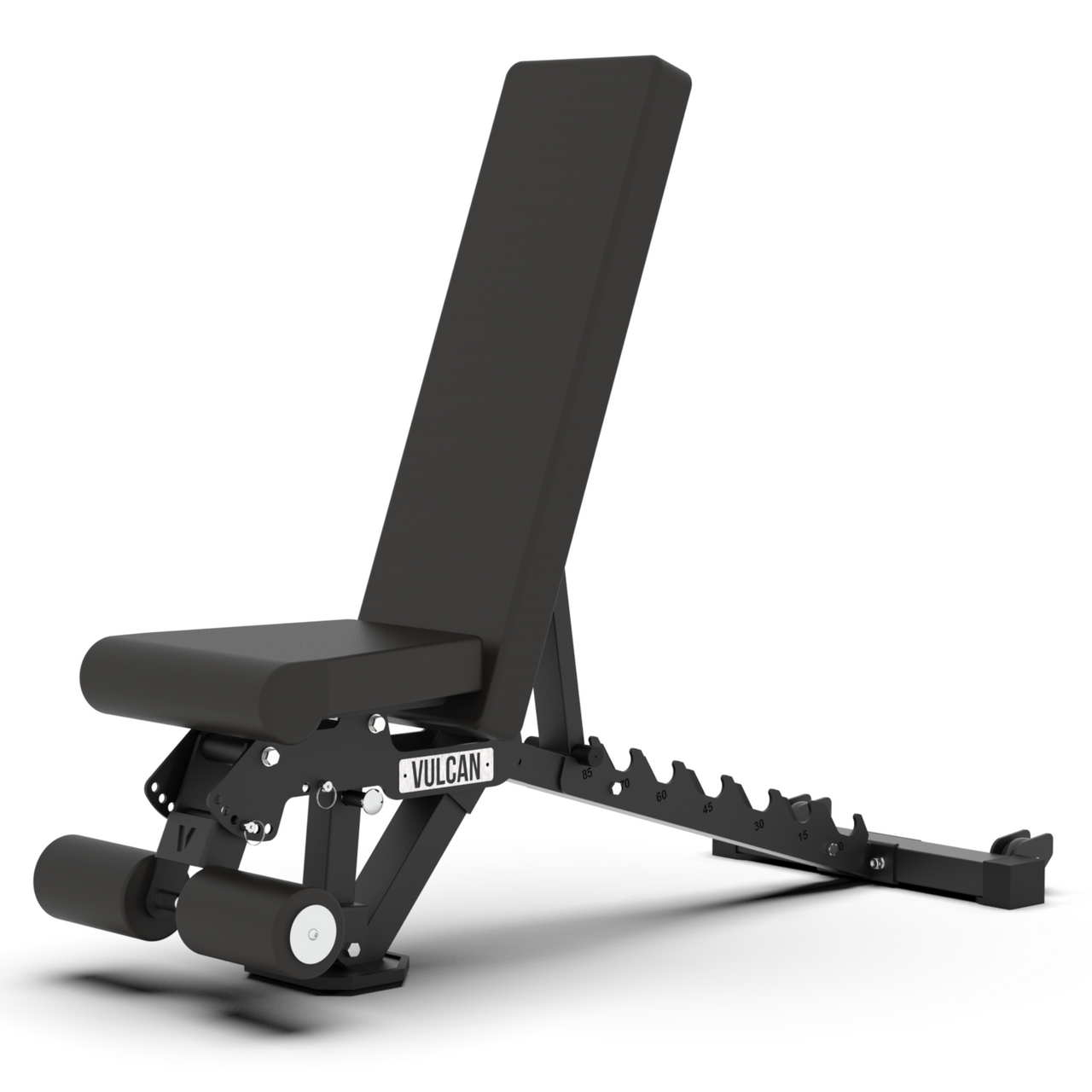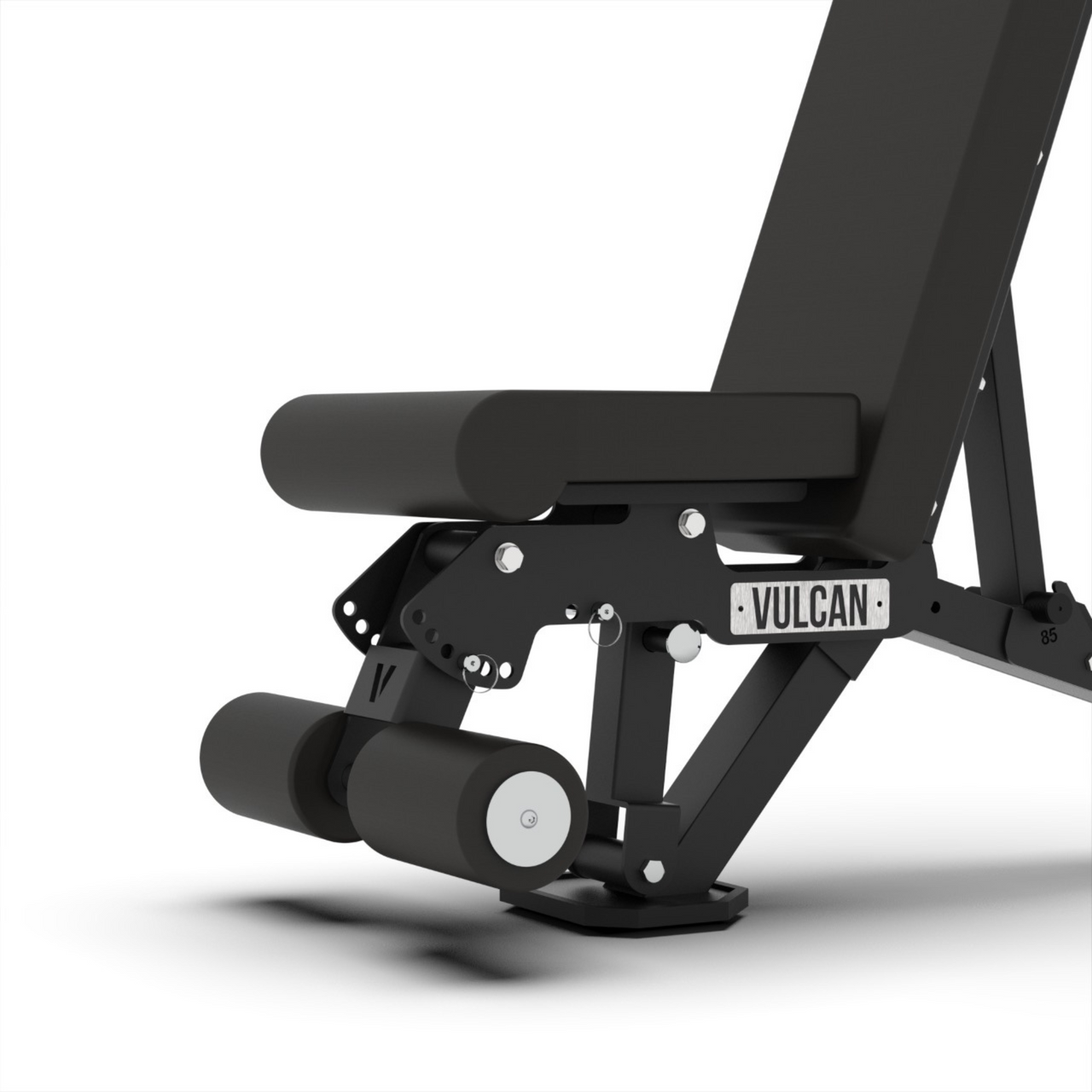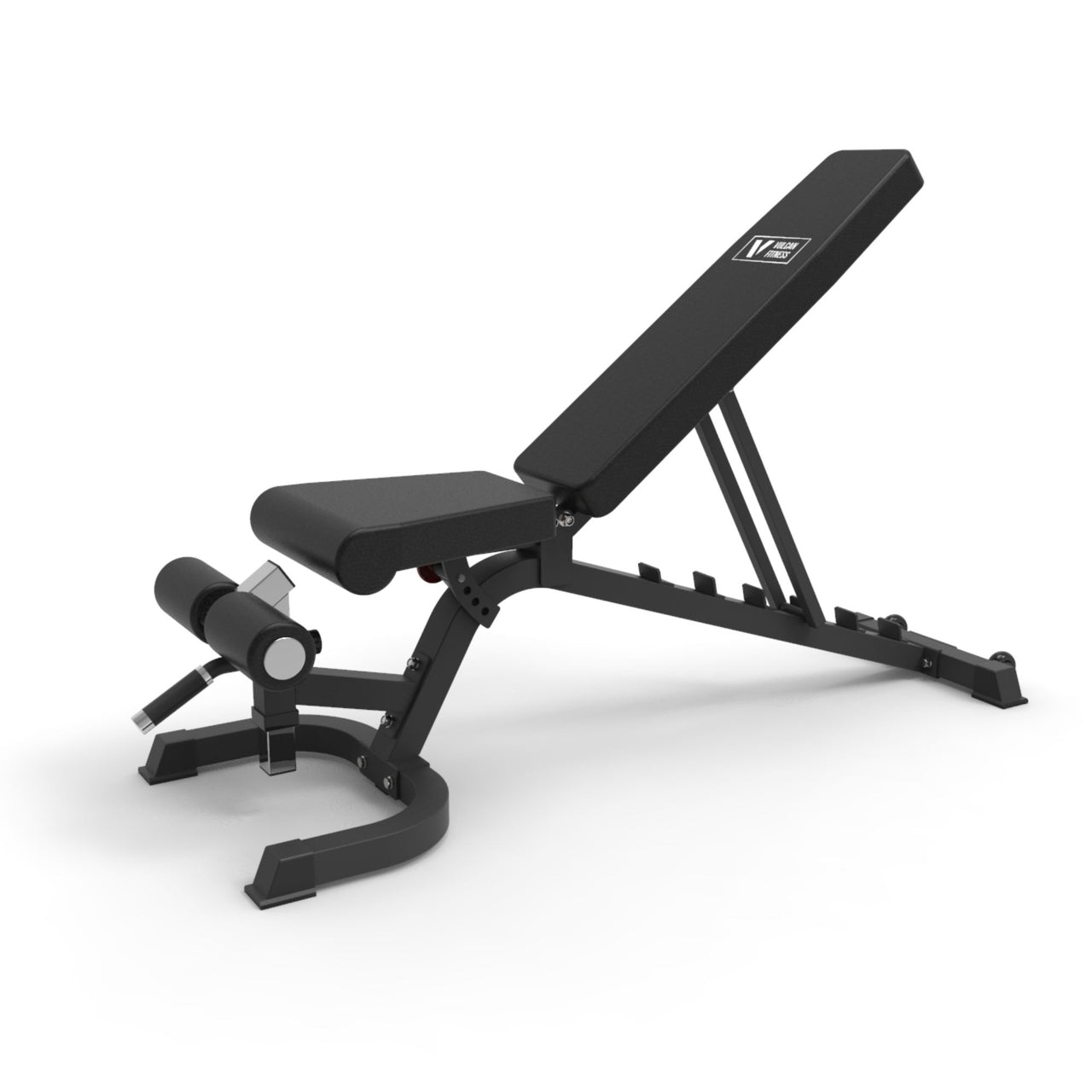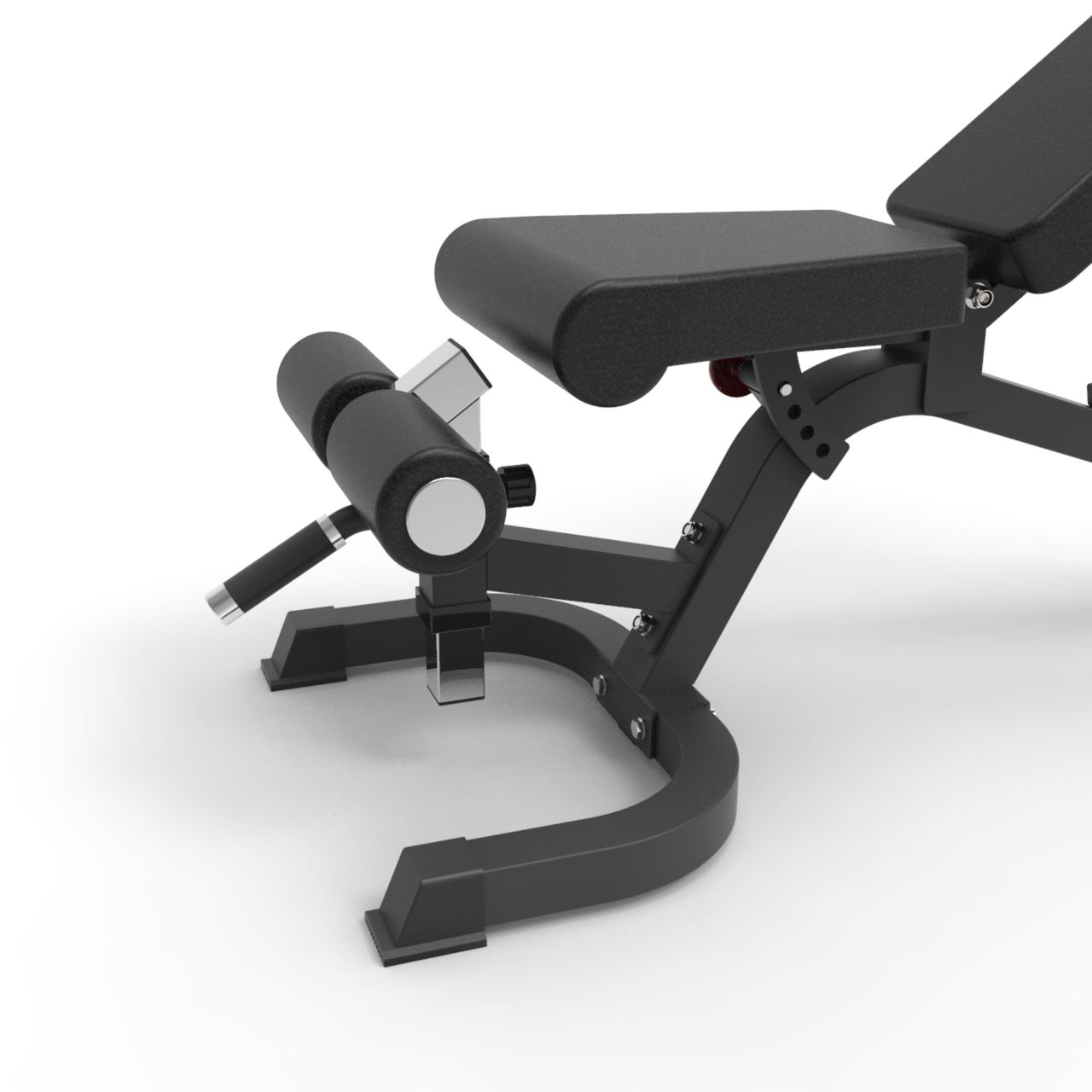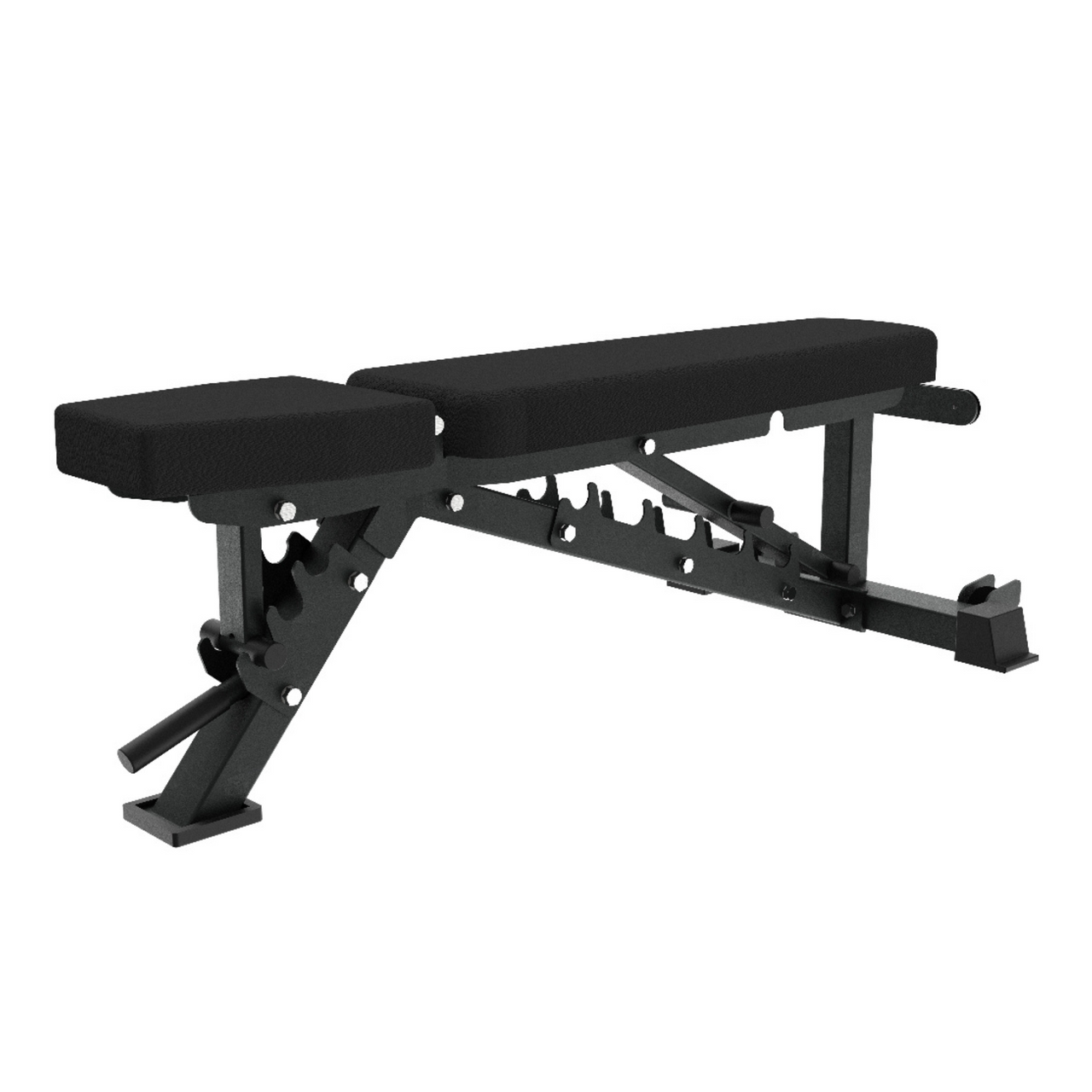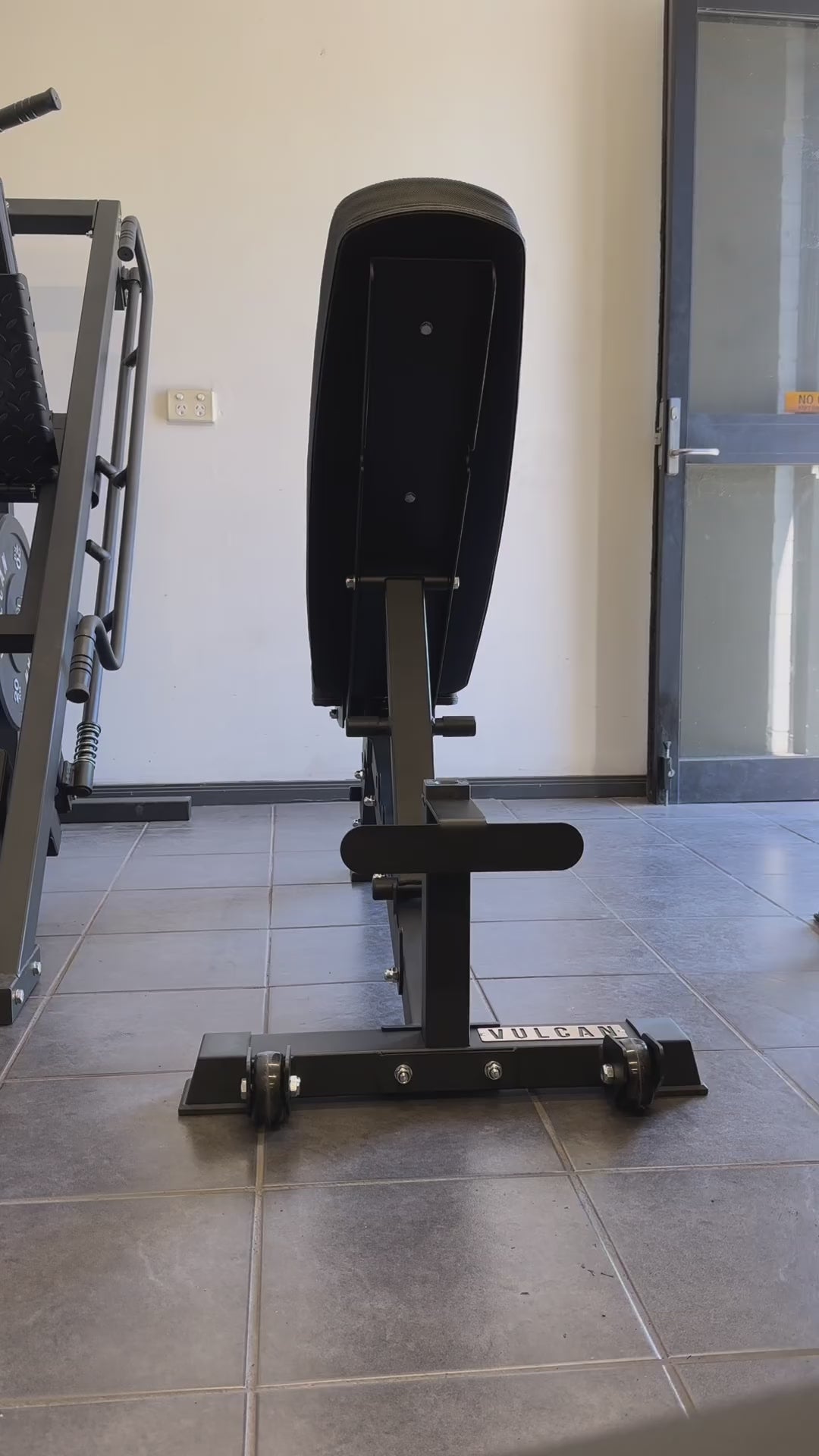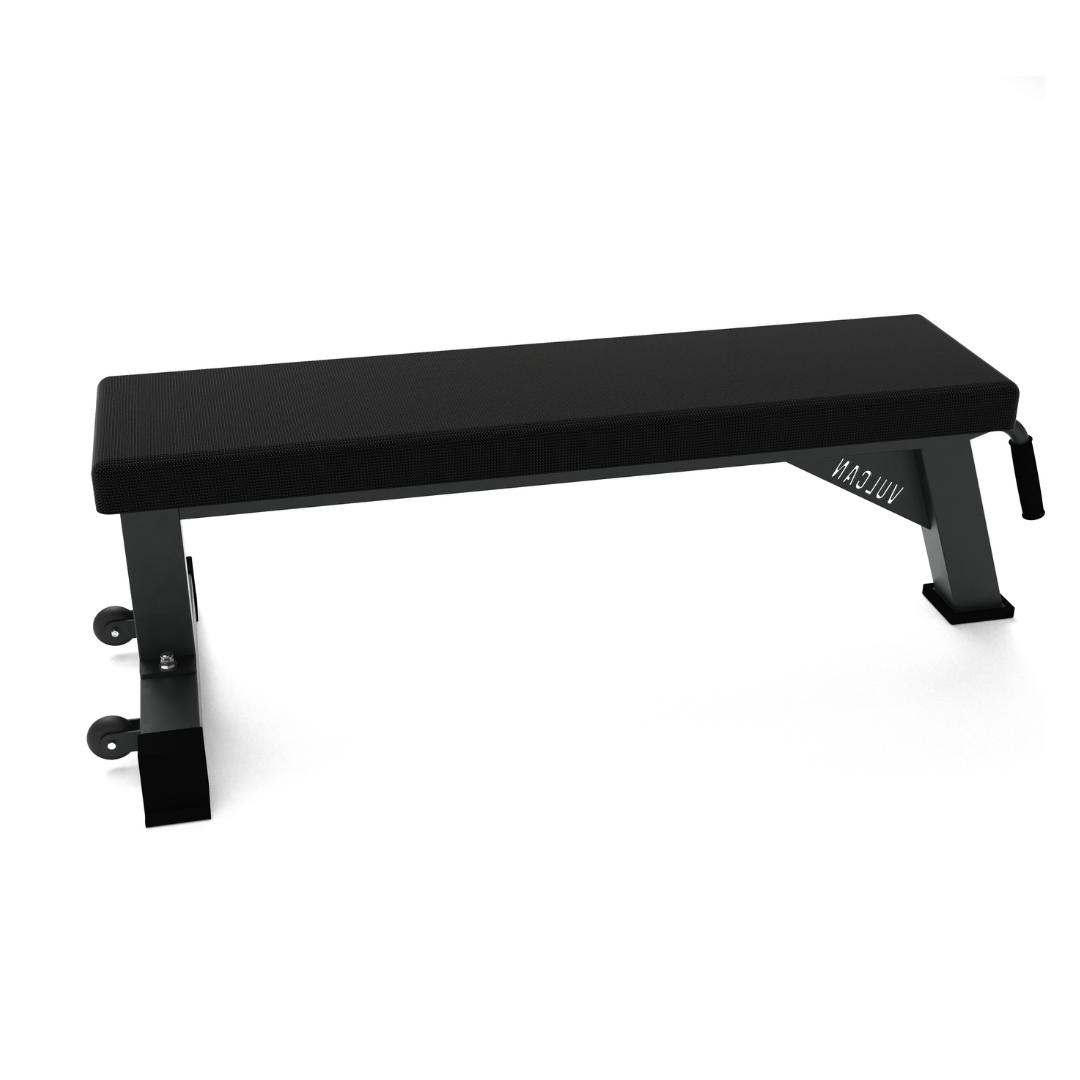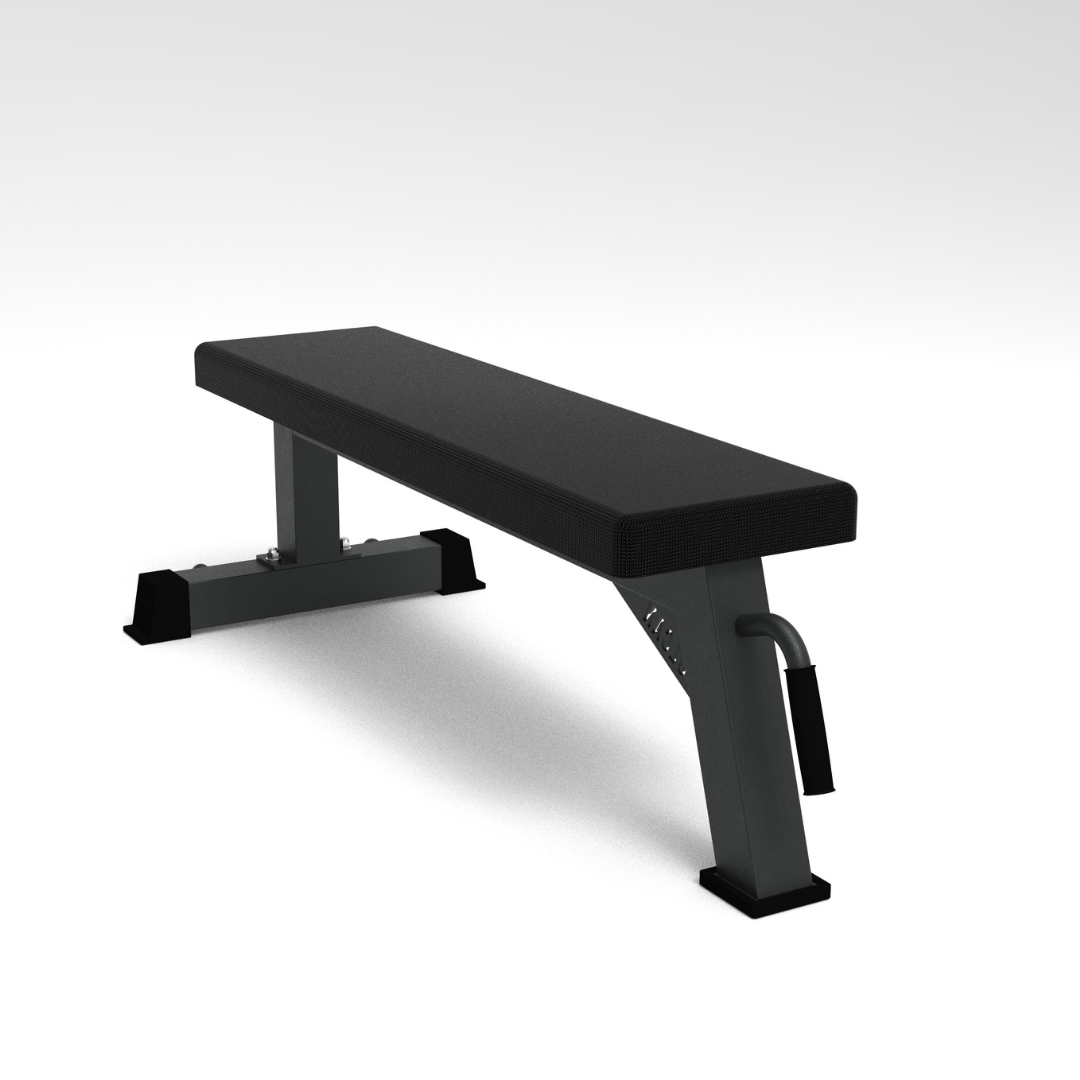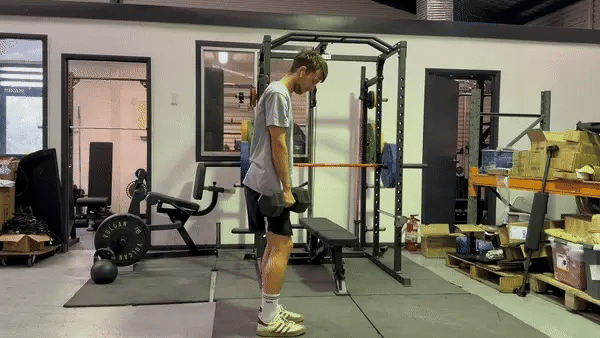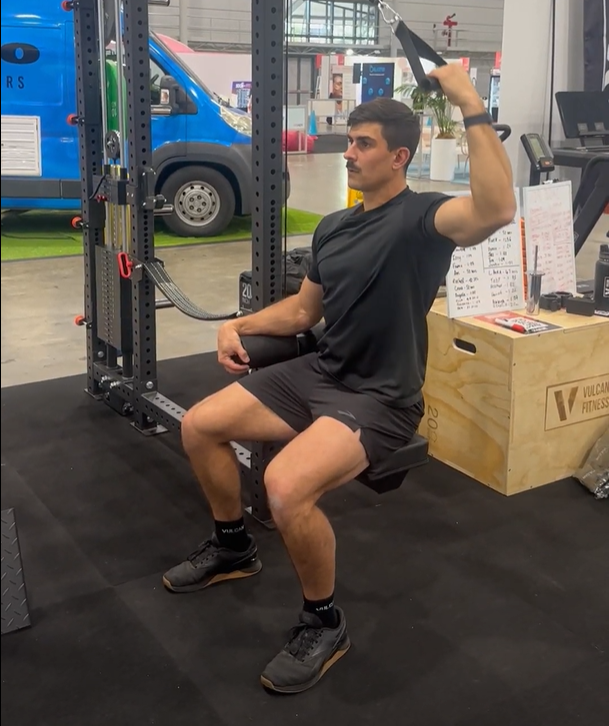VULCAN Bench Buying Guide
A weightlifting bench is an essential piece of equipment every home gym should have. They are integral for exercises that form part of most strength training programs, including bench presses and shoulder presses. Your weightlifting bench is something you will use in most sessions, and it plays an important role in supporting you while you lift (potentially) hundreds of kilos over your body! While you can get away with going cheap on some parts of your home gym, we do not recommend skimping out on your bench. This guide sets out what to look out for when picking a quality bench for your home gym. The first thing to consider is what type of bench are you going to buy – a flat bench or an adjustable bench.
Different types of benches
First let's give a brief overview of the two main different types of bench:
- Adjustable weight bench. Referred to as an FID bench, which stands for flat, incline, decline.
- Flat weight bench. A flat bench is just that – flat. The seat/padding is a single piece that does not move and cannot incline or decline.
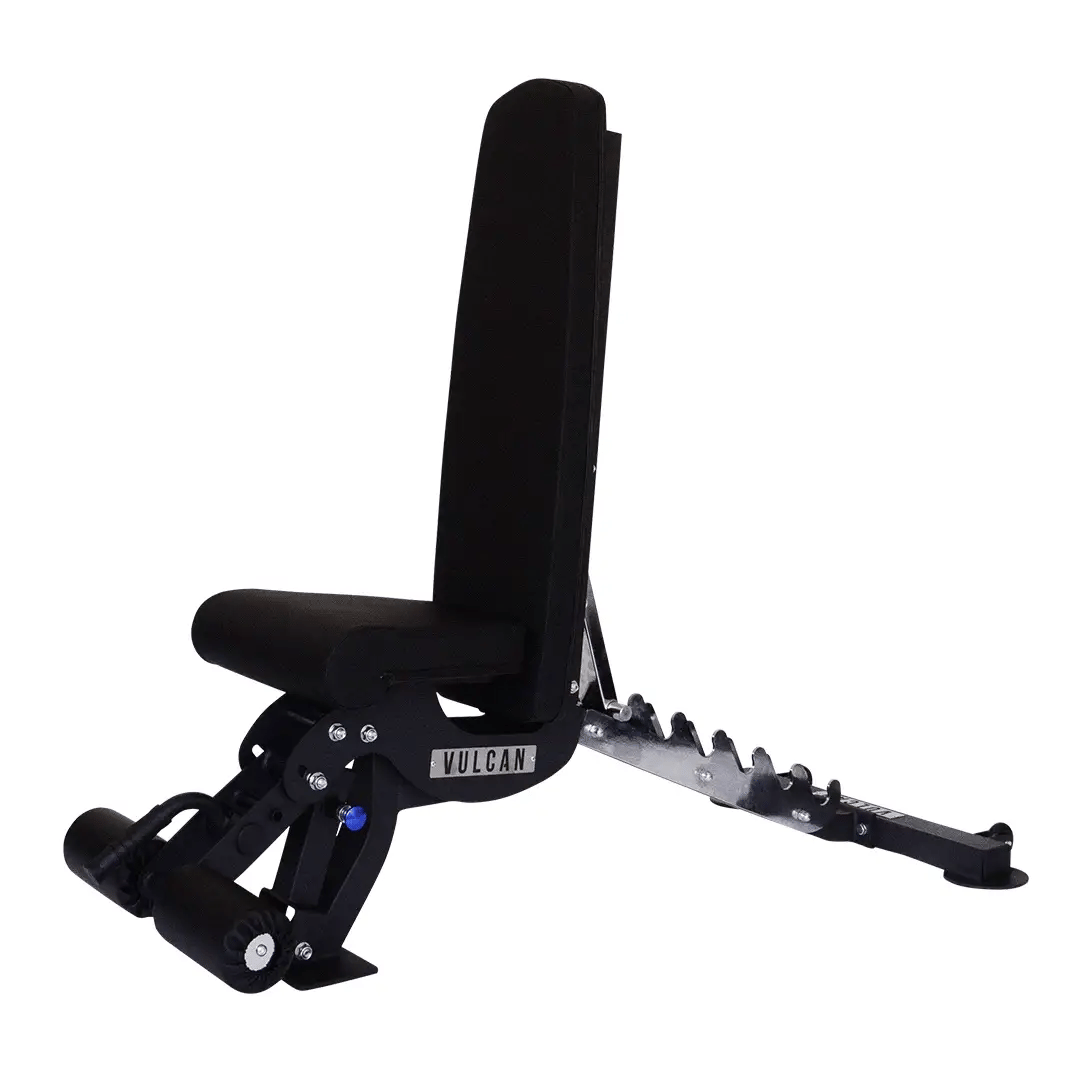
Adjustable weight bench
An adjustable bench has a backrest that can, as the name suggests, be adjusted to several different angles. This increases the versatility of the bench and allows you to perform a range of additional exercises, which in turn allows you to better target specific muscle groups. Depending on the model of the bench, you can go anywhere from a decline angle of 30 degrees, up to an incline of around 90 degrees.
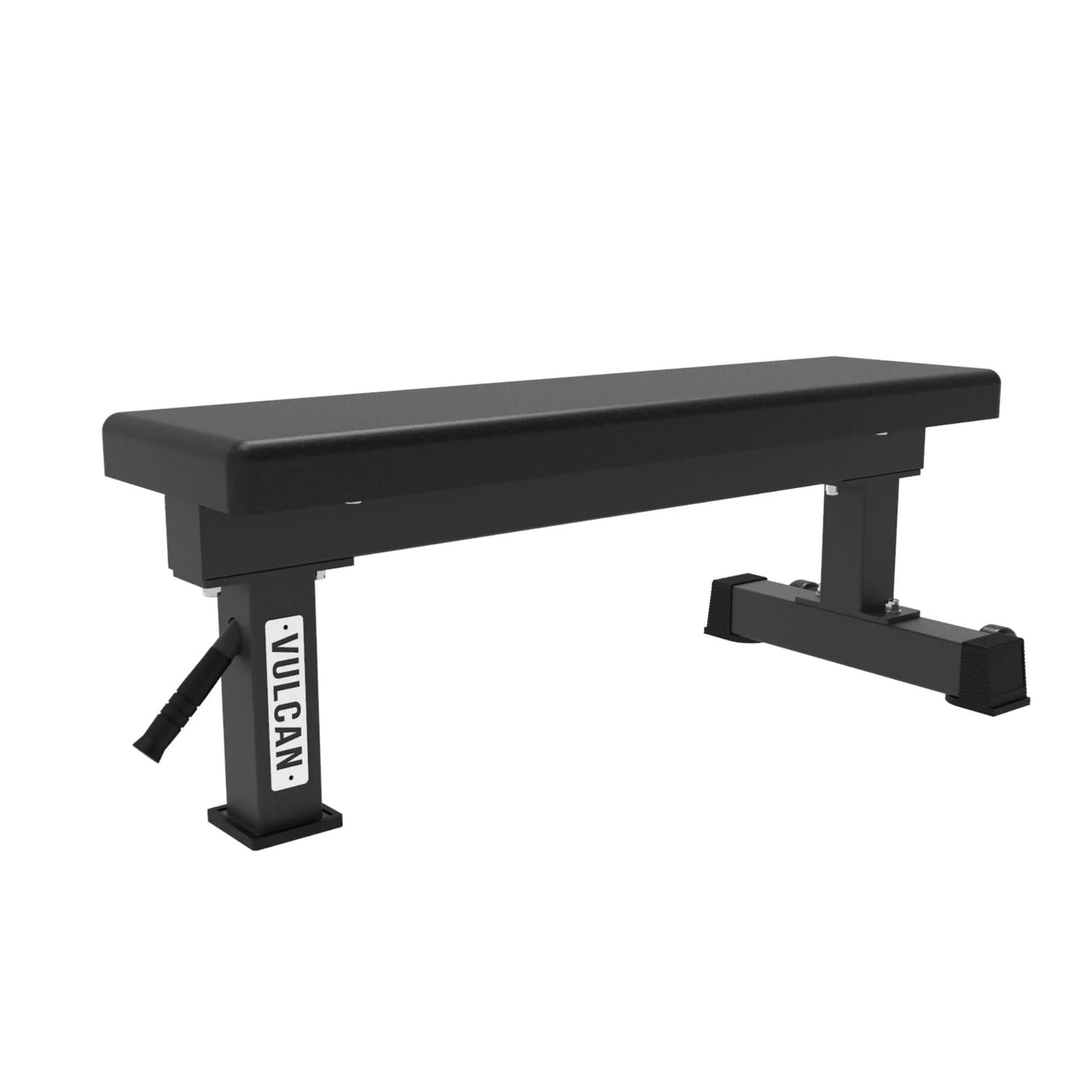
Flat weight bench
A flat bench is just that – flat. The seat/padding is a single piece that does not move and cannot incline or decline. They are generally lighter and cheaper than an adjustable bench due to their solid one-piece construction. They are a good option if you are not looking to perform any incline exercises. Given space is often at a premium in a home gym, we would suggest going for an adjustable bench due to the added versatility. Once you have decided what type of bench you are going to buy, it is time to look at some of the key features that make a quality bench.
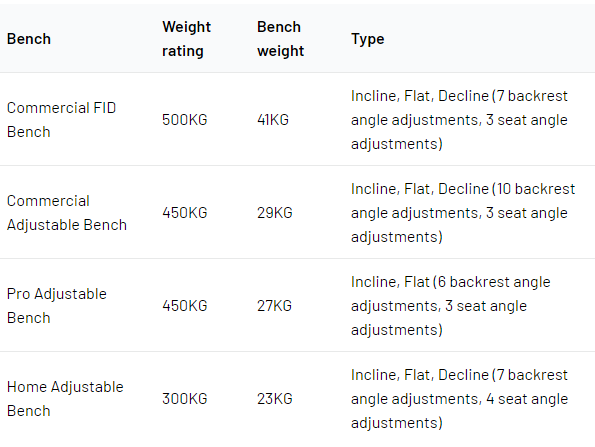
You can get away with a lighter flat bench as they have fewer moving parts than an adjustable bench. We would generally recommend a flat bench that is at least 15KG – again this will depend on how much you are going to be lifting. The VULCAN Commercial Flat bench weighs 26KG.
One factor that many people tend to ignore is how they will use their bench in their gym. While a heavier bench will generally mean a sturdier construction, it will also make it harder to move around, even if it comes with a handle and wheels! If you move your bench frequently in and out of your squat rack during workouts, it might be easier to go for a bench around 30kg, rather than an overbuilt 50kg bench!
1. Weight rating
As one of the core pieces of your home gym, the last thing you want is a flimsy bench that feels like it could fold in two while going for your record bench press.
The weight rating for benches includes your own body weight. Make sure you take this into account when choosing your weight bench! We recommend selecting a bench with a weight rating well above your max bench press plus your body weight. Adjustable benches tend to break if you are pushing their weight limit.
Some companies are conservative with their weight rating, while others might really push the limit. Make sure you look at the actual physical weight of the bench – this provides an indication of how stable a bench will be.
From our experience, you wouldn't want an adjustable bench much lighter than our home adjustable bench, which weighs 23kg. Anything less and you may feel it wobble/move when lifting heavier weights. We also would not recommend going for a foldable bench! While they might be a space saver, you will inevitably end up upgrading for a more stable piece of equipment. At VULCAN we offer the following adjustable benches:
2. Padding and upholstery
The padding can sometimes seem like an afterthought when choosing a weight bench. However, it can be the make or break between a good and a bad bench. Make sure you look at the thickness and type of padding! Generally, you want between 5cm – 7.5cm of high-density foam to ensure you are comfortable lifting. If the padding is too soft it may feel unstable, while if it is too thin it can make lifting uncomfortable.
At VULCAN, our benches all use high-density foam with a thickness between 5-7cm. Our Commercial adjustable bench is 5cm for a slightly harder bench, while our Pro and FID benches have 7cm of padding.
Upholstery is also an overlooked feature. Our VULCAN benches are made of super grippy vinyl, which means that you won’t slide around while performing your exercise. Poor-quality upholstery will also wear/disintegrate quickly. It is better to choose a quality bench that you won’t have to reupholster again and again over its’ life!
3. Additional Attachments
Some benches on the market come with a range of additional attachments, such as added leg extensions or preacher curl attachments. In our experience, these attachments are often expensive and clunky to use. You are better off buying a standalone machine or substituting other exercises into your workout routine, rather than looking for a bench that supposedly comes with all the bells and whistles but ends up doing nothing well.
4. Additional considerations for adjustable benches
If you have chosen an adjustable bench to train with, there are also several additional factors to look out for.
a) Leg holders. A lot of adjustable weight benches come with a leg holder. This helps keep you in place while doing decline or core movements. However, if they are not adjustable or removable, they can often get in the way and just become plain annoying when doing other exercises. Make sure you look for a bench where the foot rollers can be adjusted or removed. You can adjust the height/position of the leg rollers on the VULCAN FID Bench and VULCAN Home Gym Bench.
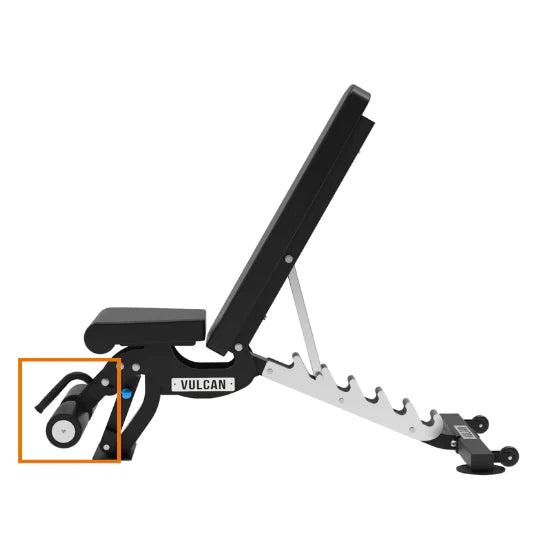
b) Gap between the backrest and seat. Adjustable benches will have a gap between the seat and the backrest, which is necessary to allow the backrest to move into an incline position. This gap is most noticeable when in a flat position. Some poor-quality benches have a large gap which can make it uncomfortable to perform flat bench exercises. We generally think this issue is overblown unless you are looking at an extremely poorly designed bench. You can get a no-gap adjustable bench, but a good quality one will often set you back $800-$1,000.
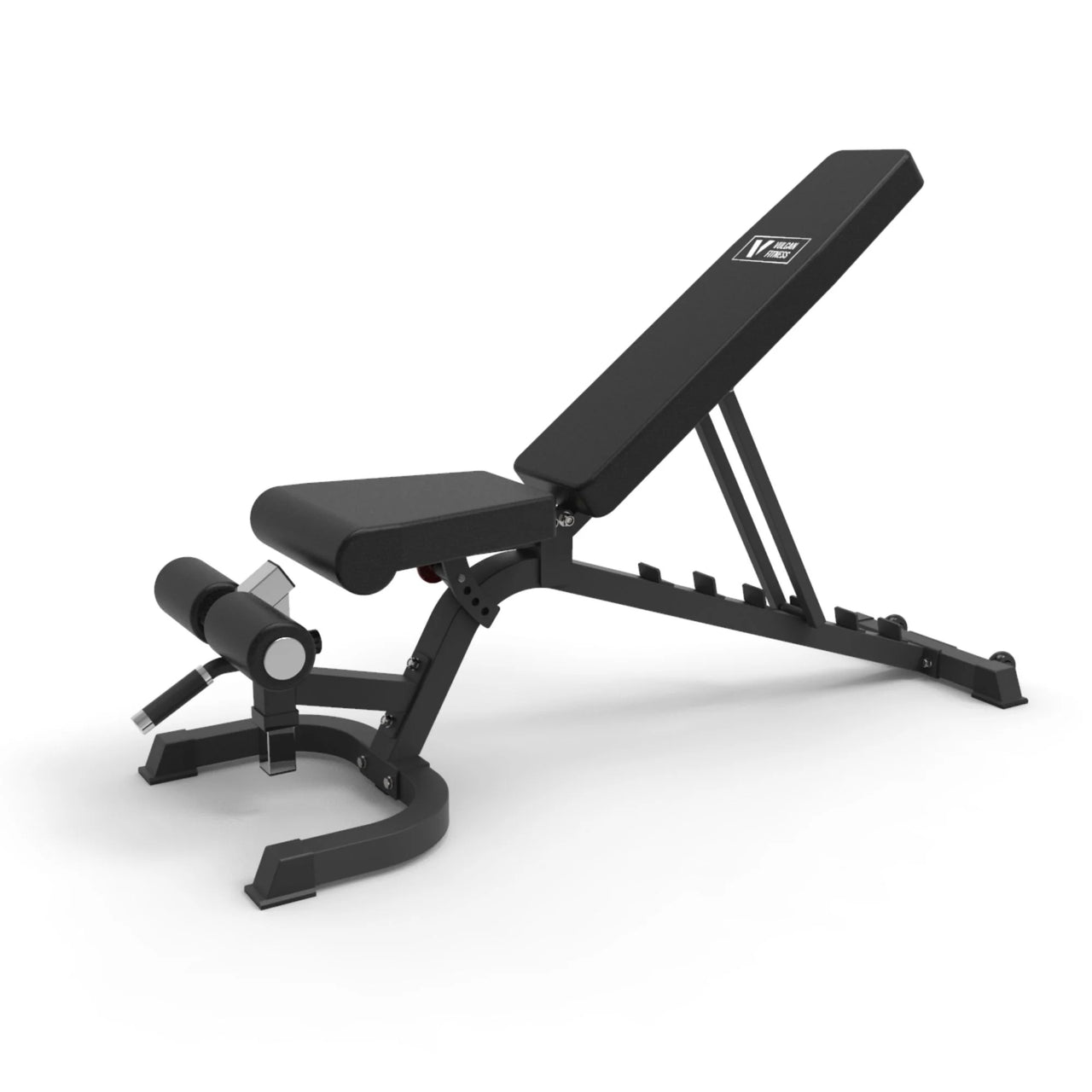
c) Adjusting mechanism. There are generally two types of mechanisms, a pin-locking mechanism, and a ladder mechanism. Personally, I think both are equally good options, but some people prefer one style over another. The ladder mechanism is generally considered quicker to change adjustment angles.
Final Thoughts
We hope this guide has given you some useful information when choosing your weight bench! If you have any questions or comments, please feel reach out to our team at support@vulcanfitness.com.au

